Jim Perkins, Who Saved the Corvette From a Moribund GM, Dies

Much has been written about Jim Perkins, the Texas boy with a keen love of Chevrolet whose relentless ambition finally placed him in GM’s sphere of influence. It’s thanks to Perkins that Chevrolet’s Corvette is still General Motors’ halo car, and not some long-departed nameplate culled during the height of badge engineering.
Perkins’ quintessentially American life came to an end this week. The two-time GM and one-time Toyota exec passed away in Charlotte, North Carolina, Friday at the age of 83, earning him tributes from fans of the car he saved.
As detailed by Automotive News, which broke news of his death, Perkins’ road to the top wasn’t greased with family connections or political influence. The man no one knew from Adam talked his way into the business and started out on the ground floor (maybe the sub-basement), sorting scrapped GM parts in a Dallas warehouse in 1960. From there, Perkins’ star rose.
The Texan achieved ever higher offices at the Chevrolet brand before moving to the Buick division in the early ’80s. Lured away by the Japanese in 1984, Perkins spent much of his four-year stint at Toyota Motor Sales U.S.A. helping create the brand’s Lexus luxury division. He returned to GM in 1989, this time heading Chevrolet.
In a 2014 interview with Motor Trend, Perkins described the atmosphere leading up to his decision to depart his cherished GM:
“If you look at when things began to unravel, I think the single biggest thing was sharing parts and components among all the vehicle lines. I understand why it was done, but the brands started losing their identity. There was also this major move to robotics in the plants, which scared hell out of the unions because it went against their full-employment-for-life idea. And I think there was — I won’t say sabotage — less of an effort to make it work. The styling got old fast, too. There were so many things, you can’t point your finger at any one.”
The arrival of Don Hackworth as Buick’s general manager compelled him to accept an offer from Toyota, Perkins explained.
There, after becoming group VP of sales, marketing, and product planning, the company’s North American brass put him to work on Lexus — then, just an idea born of fear of falling behind Japanese rivals. Lexus got the green light, and Perkins found himself on a team of eight tasked with bringing the luxury arm to fruition. Once launched, Perkins became the division’s senior VP.
However, no sooner were 1989 LS 400s rolling into dealers then GM began bugging Perkins to return — an uncharacteristic move on the part of the American automaker. Having achieved executive rank, Perkins said he wouldn’t return for anything less than a big title. He quickly got his wish. GM President Bob Stempel offered up the post of general manager of Chevrolet.
Perkins told Motor Trend what he discovered upon his return:
“I didn’t recognize Chevrolet when I went back. It had lost its pride. There was so much infighting among sales, marketing, product planning, distribution, you name it. Everywhere you looked was a silo with its own management, and that’s the kiss of death. It took about a year to replace some top managers with people who would be a lot more responsive. TCE [Total Customer Enthusiasm] had to start at the top, so we had to move some people out who had been there a long time and had a bad attitude about things.”
At this time in its history, Chevrolet was focused on flinging Corsicas and Cavaliers to budget-conscious shoppers (and rental fleets) and gearing up to replace the lackluster Celebrity with the equally lackluster Lumina and its wallowy minivan counterpart. The Caprice soldiered on, relatively unchanged from its late-70s downsizing. At the top of the heap, the aging fourth-generation Corvette earned itself fewer and fewer buyers with each passing year.
Perkins created employee, dealer, and product councils, pumped money into NASCAR and truck development, touted Chevy’s American bona fides, and did whatever else he could to restore some lustre to the faded brand. He knew that Chevrolet needed a halo, and that the aging fourth-gen Corvette wasn’t it. Upon his return in 1989, talk of a fifth-gen model was dead in the water — GM execs saw the model as “nonessential,” said former Chevrolet PR head Ralph Kramer.
Speaking to Automotive News, Kramer said, “It was Perkins who found the money to go ahead and get the prototypes built. If it wasn’t for that, that car was destined to be shelved. He had the opportunity to move some funds around and he did that surreptitiously, causing no end of anguish among the auditors.”
Getting the fifth-gen Vette off the ground took years. Ultimately, Perkins persevered, with the updated model greeting enthusiastic buyers in 1997. The car’s saviour wasn’t around to see its launch, however, as Perkins retired from GM in 1996 — only to see himself jump, almost immediately, into the dealer fray as CEO of Hendrick Automotive Group, a position he held until 2005. Following a stint as Hendrick’s chief operating officer, Perkins set to work on building specialty products for the dealer group’s customers: hopped-up Camaros.
In his final year on earth, Perkins probably watched with amusement and satisfaction as product buzz built around the upcoming, mid-engined C8 Corvette. Chevy’s expected to launch the car as a 2020 model, and it owes Perkins a great deal of thanks for an even brighter halo.
[Images: General Motors, National Corvette Museum]

More by Steph Willems
Latest Car Reviews
Read moreLatest Product Reviews
Read moreRecent Comments
- EBFlex It will have exactly zero effect
- THX1136 What happened to the other companies that were going to build charging stations? Maybe I'm not remembering clearly OR maybe the money the government gave them hasn't been applied to building some at this point. Sincere question/no snark.
- VoGhost ChatGPT, Review the following article from Automotive News: and create an 800 word essay summarizing the content. Then re-write the essay from the perspective of an ExxonMobil public relations executive looking to encourage the use of petroleum. Ensure the essay has biases that reinforce the views of my audience of elderly white Trump-loving Americans with minimal education. Then write a headline for the essay that will anger this audience and encourage them to read the article and add their own thoughts in the comments. Then use the publish routine to publish the essay under “news blog” using Matt Posky listing the author to completely subvert the purpose of The Truth About Cars.
- VoGhost Your source is a Posky editorial? Yikes.
- Fed65767768 Nice find. Had one in the early-80s; loved it but rust got to it big time.Still can't wrap my head around $22.5K for this with 106,000 km and sundry issues.Reluctant (but easy) CP.



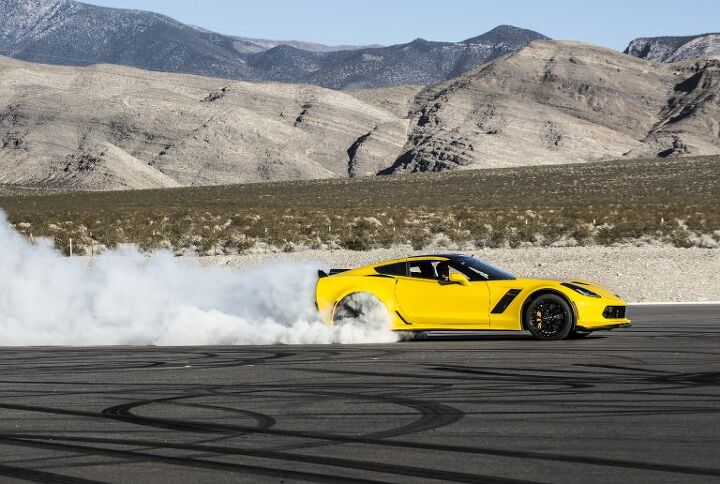

















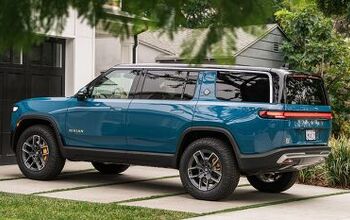

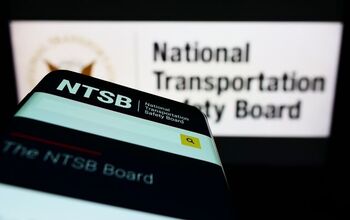
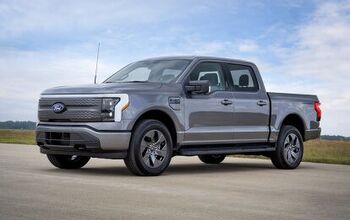
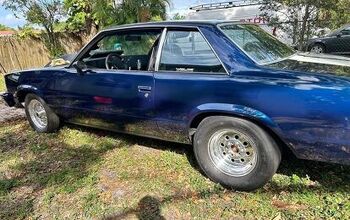
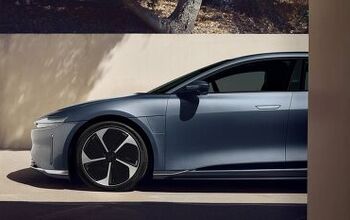
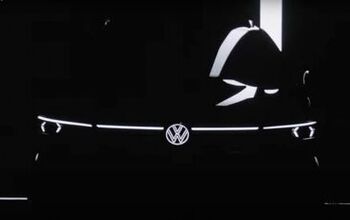

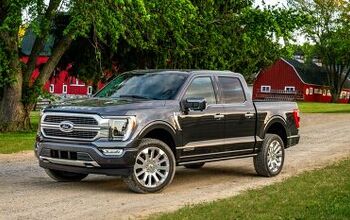

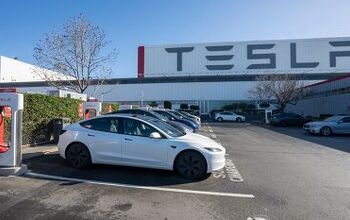
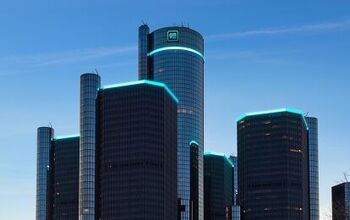
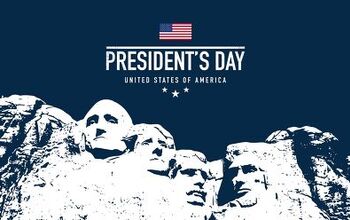
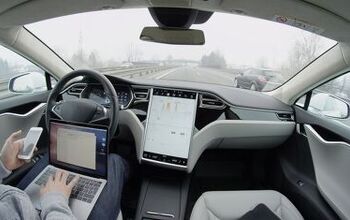

Comments
Join the conversation
Is the future of the Corvette secure with Mary Barra in charge. I now here rumors that the Camaro's future is not secure. A few weeks ago the Camaro's chief engineering Al Oppenheiser was reassigned to work on the company's EV division. Barra is certainly no friend of the auto enthusiast.
I'm really curious at this point how much the direction of the GM board and CEO resembles that of Studebaker from about 1956 forward. They brought in Curtiss-Wright to manage the enterprise after the Packard merger. On the one hand, the unusual agreement allowed CW to leverage unused capacity at Packard-Studebaker assets which gave them short-term cash to survive. But having management that was outside the auto business, the eventual "solution" to Studebaker's problems was to take up stake in non-automotive industries and then exit the auto business once diversification reached critical mass. From a purely financial perspective, this represents a masterful work of protecting investor cash over the long term. From a core business and employee perspective, they cured the cancer by killing the patient. With the shedding of markets, products, and facilities, the vibe I'm getting from GM these days is that they're focused on the finances at the expense of the business itself, just like Studebaker was. I know it's not quite apples to apples as GM isn't drowning in red ink at the moment, but it's an angle to contemplate. I wonder, if GM still owned Frigidaire, would there be a serious contemplation of selling the divisions to Fiat and going forward making only refrigerators and air conditioners??